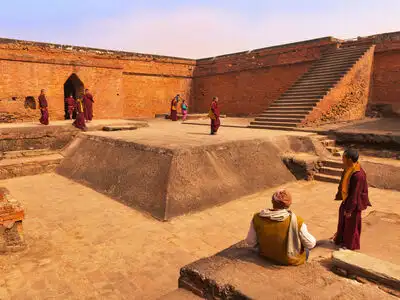Gaya
A complete tourist and cultural guide
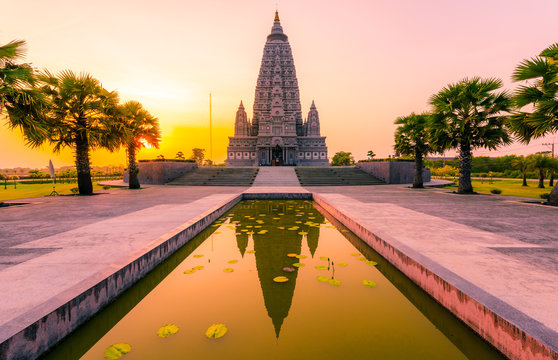
Gaya, a sacred city in Bihar, is one of the most revered pilgrimage destinations for Hindus, Buddhists, and Jains. Known for its ancient temples, spiritual significance, and rich cultural heritage, Gaya offers a profound blend of history, religion, and tradition.
Wiki Link: Gaya Wikipedia Page
Must-Visit Attractions in Gaya

Mahabodhi Temple
A UNESCO-listed spiritual epicenter where Buddha attained enlightenment beneath the sacred Bodhi Tree.
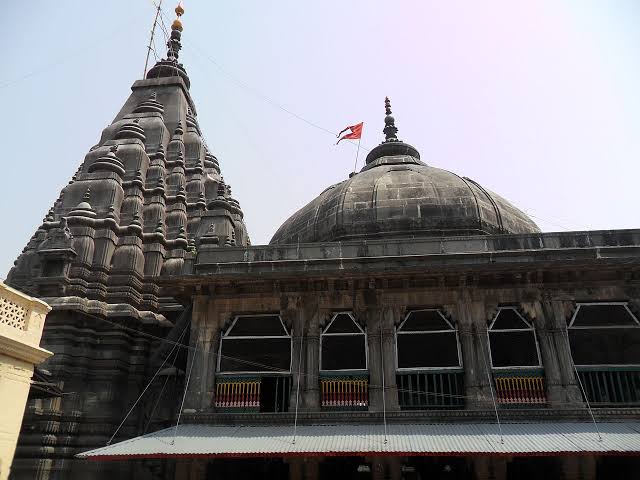
Vishnupad Temple
A revered Hindu shrine housing Lord Vishnu’s footprint, pivotal for ancestral Pind Daan rituals.
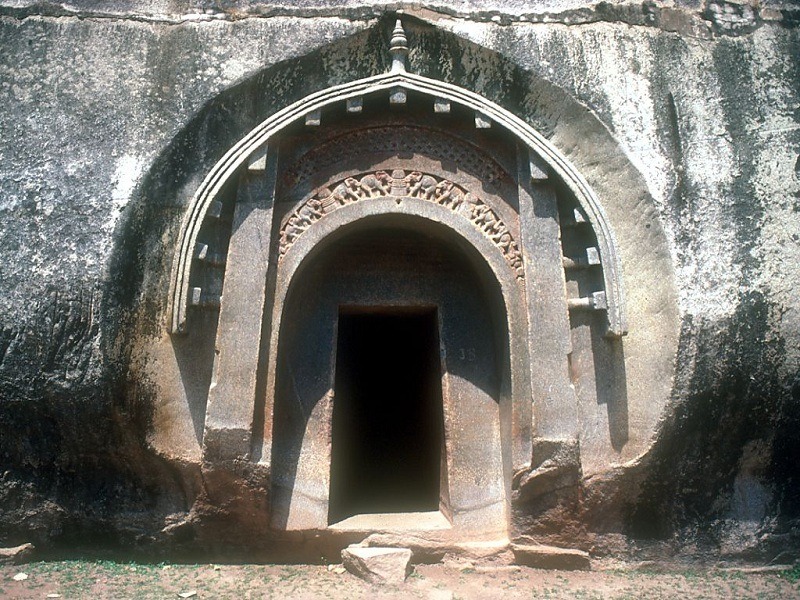
Barabar Caves
India’s oldest rock-cut caves, boasting Mauryan-era architecture and mesmerizing acoustic wonders.
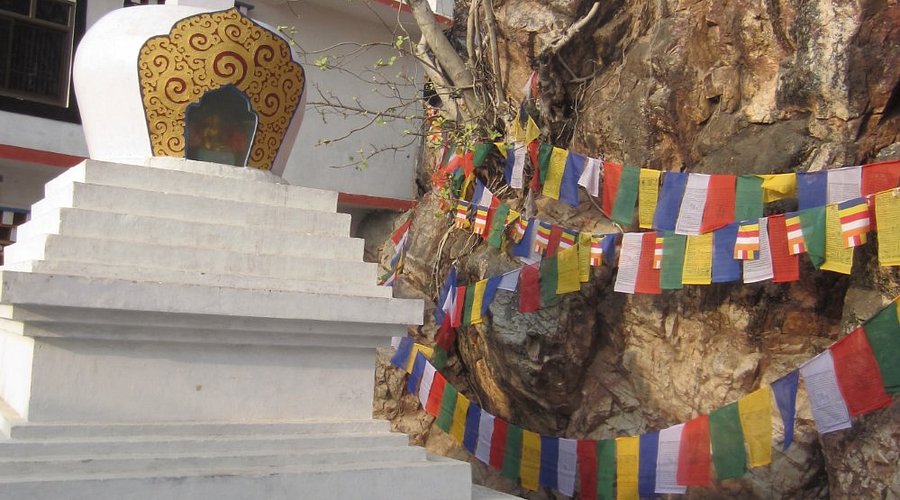
Dungeshwari Cave Temples
Serene hillside caves where Buddha practiced asceticism before his enlightenment.
Major Attractions Near Gaya
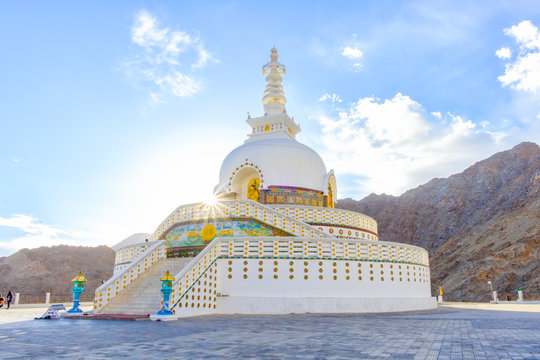
Rajgir
Sacred hill where Buddha delivered key sermons, offering panoramic views.
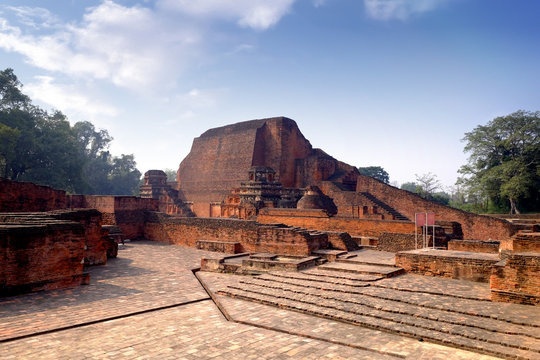
Nalanda
Legendary 5th-century academic hub, a UNESCO site with majestic archaeological remains.
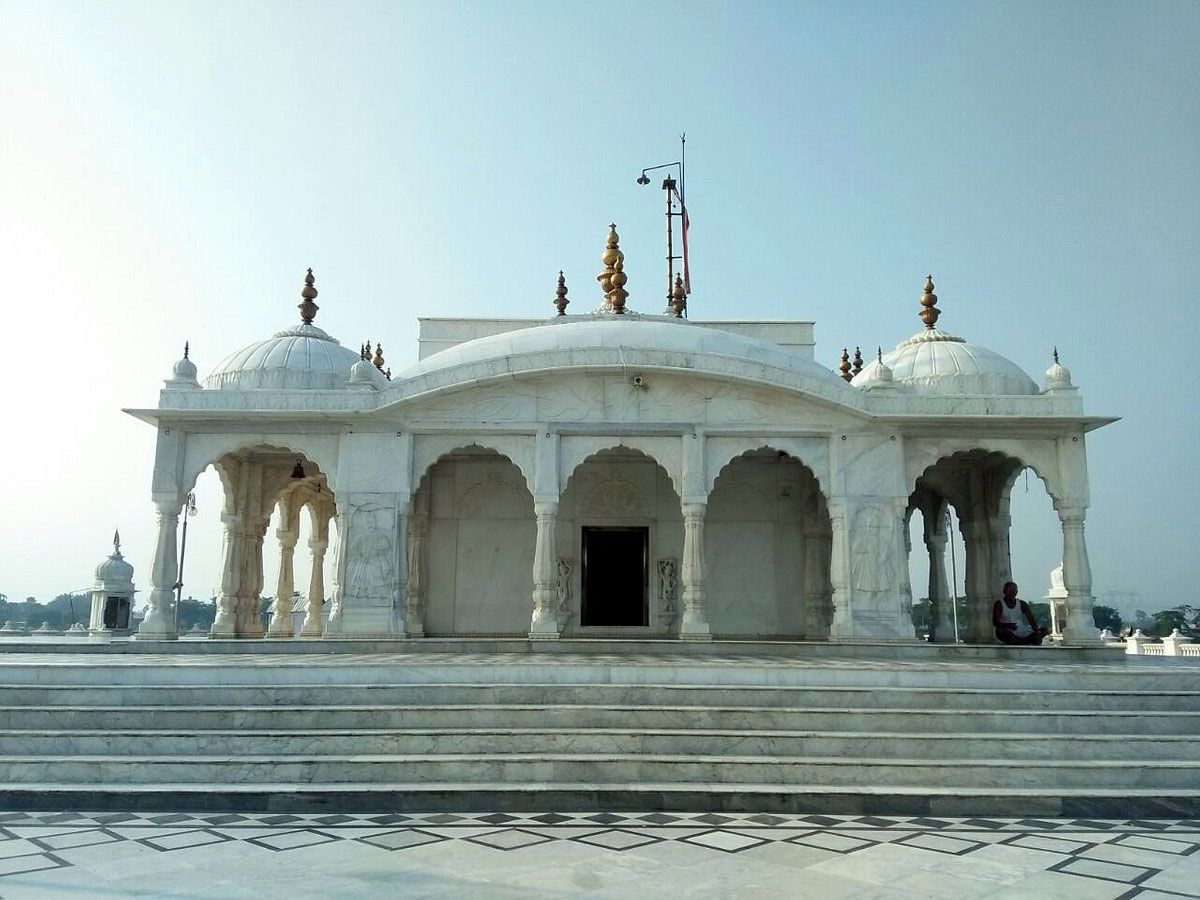
Pawapuri
Serene white marble Jain temple marking Lord Mahavira’s cremation spot in a lotus-filled lake.
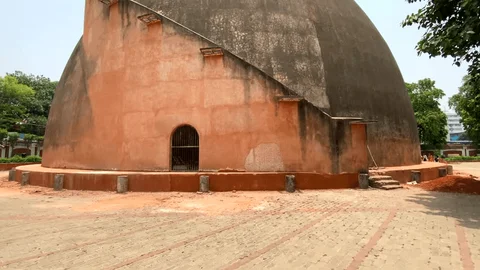
Patna
Holiest Sikh shrine, birthplace of Guru Gobind Singh, adorned with golden domes.
Things to Do in Gaya
Immerse yourself in Gaya’s profound spiritual aura, rich cultural heritage, and timeless history. From sacred rituals at the Vishnupad Temple to tranquil meditation under the Bodhi Tree, the city offers a transformative journey for pilgrims and travelers alike. Walk through ancient monasteries, savor traditional Bihari flavors, and witness the mystical charm of a destination where faith and tradition converge.
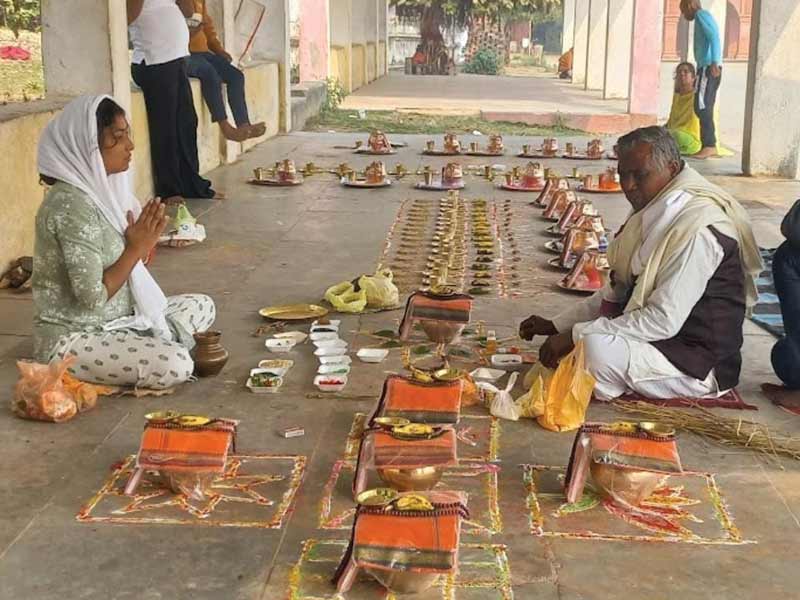
Attend Pind Daan Rituals
A sacred Hindu ceremony at Vishnupad Temple to honor ancestors and seek their salvation.
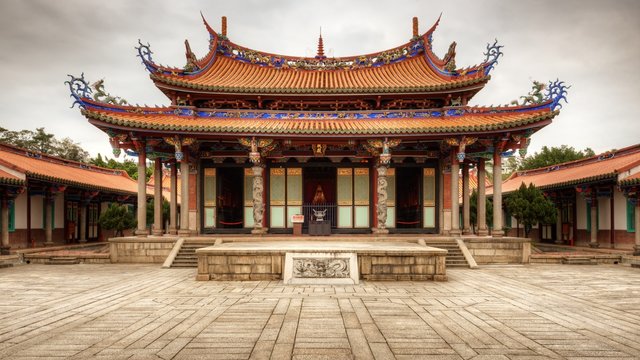
Explore Buddhist Monasteries
Discover spiritual wisdom in Tibetan, Japanese, and Thai monastic sanctuaries.
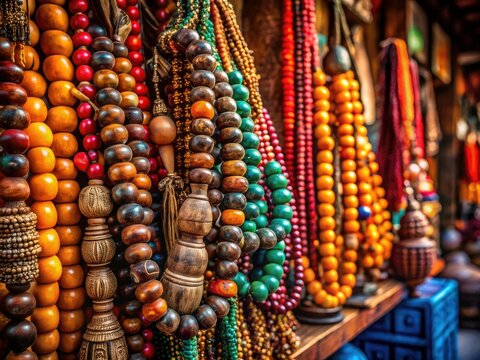
Shop for Spiritual Souvenirs
Take home Buddha statues, Rudraksha beads, and Madhubani art as sacred mementos.
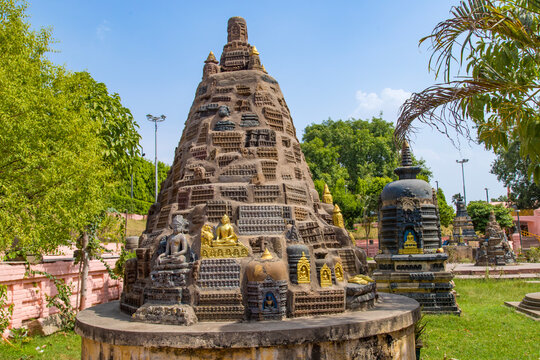
Yoga at Mahabodhi Temple
Find inner peace with serene meditation under the historic Bodhi Tree.
The Performing Arts of Gaya
Gaya’s cultural tapestry comes alive through its vibrant performing arts, deeply rooted in spiritual traditions. The city echoes with devotional bhajans at Vishnupad Temple and the mesmerizing chants of Buddhist monks at Mahabodhi. Folk dances like Jhijhiya and Jat-Jatin add rhythmic energy to local festivals, celebrating Bihari heritage. Traditional Bhojpuri music and classical instruments like the tabla and harmonium accompany religious rituals and cultural events. This sacred city beautifully preserves its artistic legacy, blending Hindu, Buddhist and folk traditions into a unique cultural symphony.

Dhrupad
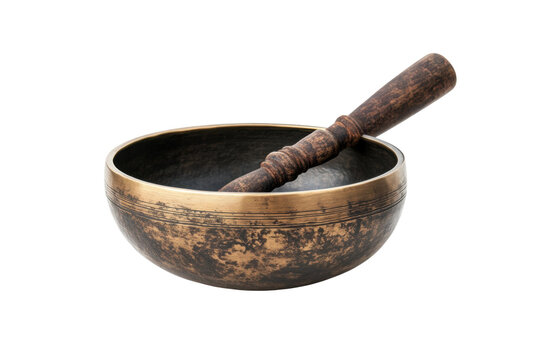
Buddhist Mantra Chanting
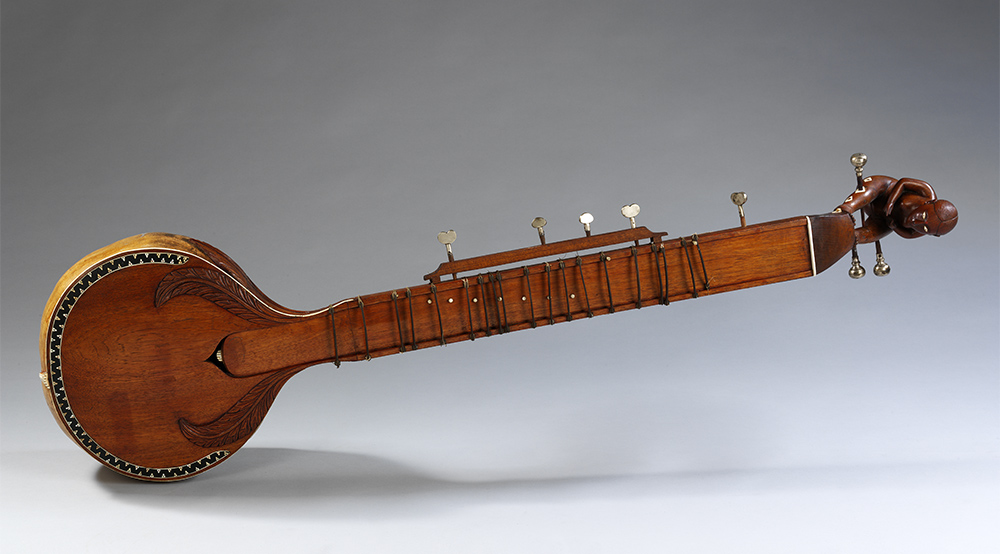
Sohar & Jatsari
Gaya’s sacred soundscape blends Vedic chants at Vishnupad Temple with Buddhist monastery mantras and devotional Dhrupad music. Folk traditions like Sohar and Jatsari songs celebrate local culture through rhythmic melodies. The city’s spiritual heartbeat echoes through temple shehnais, monastic drums, and timeless devotional hymns.

Jhijhiya
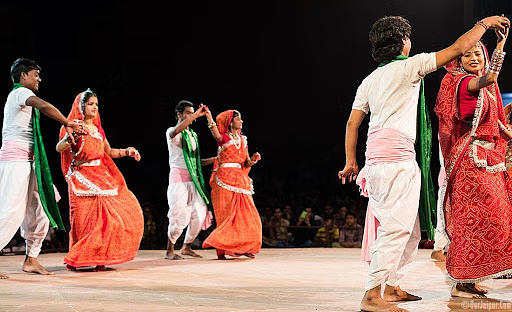
Jat-Jatin
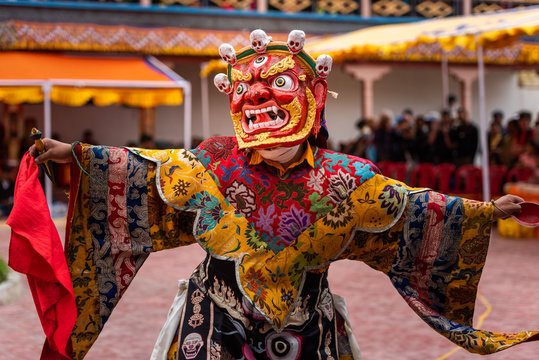
Cham Dance
Gaya’s vibrant folk dances like Jhijhiya (with lamps) and Jat-Jatin (couple dance) celebrate local traditions. Buddhist monasteries perform sacred Cham dances with masks, while temple rituals incorporate devotional movements. These art forms showcase Gaya’s unique blend of spiritual and cultural heritage.
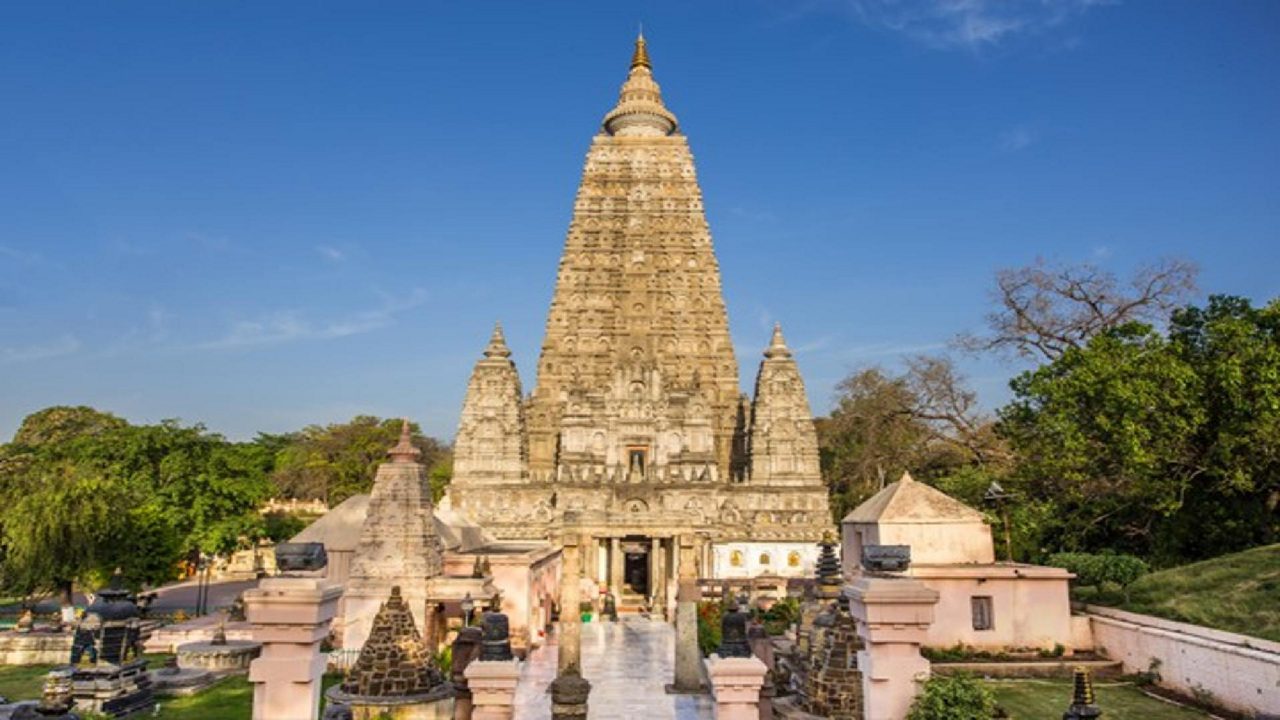
Cultural & Spiritual Vibes of Gaya
Gaya embodies a sacred harmony where Hindu and Buddhist traditions merge seamlessly. The ancient Vishnupad Temple reverberates with Vedic chants while Mahabodhi resonates with tranquil Buddhist mantras. Pilgrims performing Pind Daan rituals along the Falgu River add vibrant spiritual energy. This unique confluence of faiths creates Gaya’s transcendent atmosphere, drawing seekers from across the world.
Heritage of Gaya
Gaya’s heritage is a sacred fusion of Hindu, Buddhist, and Jain traditions, preserved through ancient temples, monasteries, and rituals. The city’s spiritual legacy thrives at Vishnupad Temple, Mahabodhi Temple, and the revered Falgu River, where centuries-old pilgrimages continue today. Nearby archaeological wonders like the Barabar Caves showcase Mauryan-era rock-cut architecture. Gaya remains a living heritage site, where timeless traditions of Pind Daan and meditation coexist with vibrant local crafts and Bihari culture.
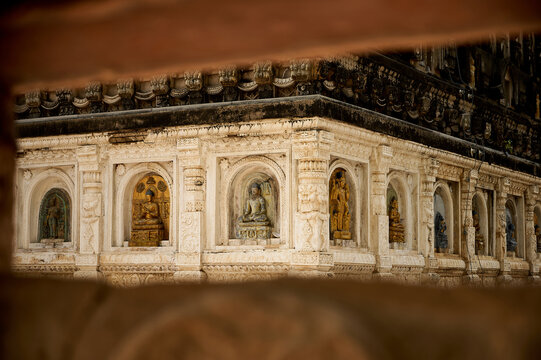
Cuisine of Gaya
Gaya tempts foodies with iconic Bihari flavors like smoky Litti Chokha and sweet Khaja, while temple streets offer ritual snacks like Thekua and protein-packed Sattu Parathas. This pilgrimage city serves spiritual sustenance through its sacred food traditions and bold local street eats.
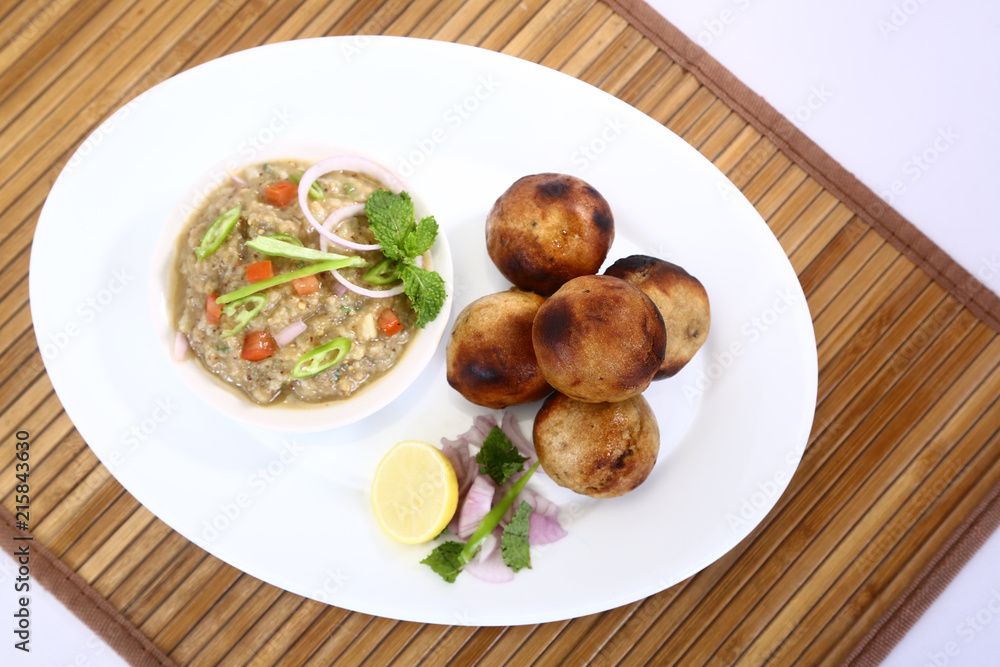
Litti Chokha
Smoky roasted wheat balls served with spiced mashed potatoes and brinjal.
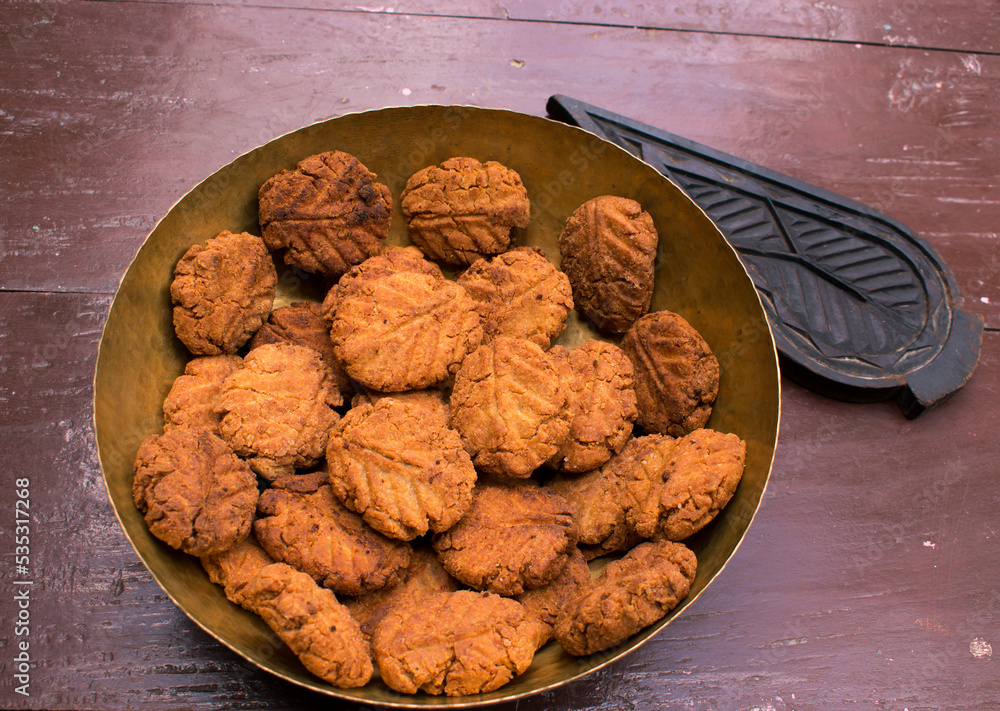
Thekua
Crispy ritual sweet made from flour, jaggery, and coconut.
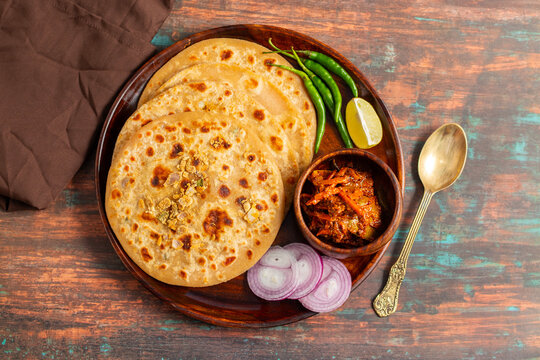
Sattu Paratha
Protein-packed flatbread stuffed with roasted gram flour.
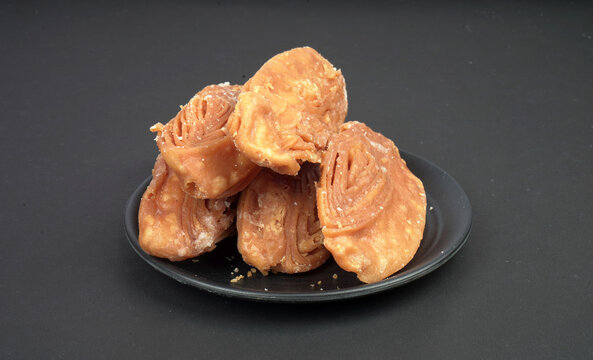
Khaja
Layered, flaky pastry soaked in sugar syrup, a festive delight.
Shopping in Gaya
Shopping in Gaya offers a unique blend of spiritual souvenirs, traditional handicrafts, and local specialties. The city’s markets are deeply connected to its religious and cultural heritage, making them perfect for picking up meaningful keepsakes.
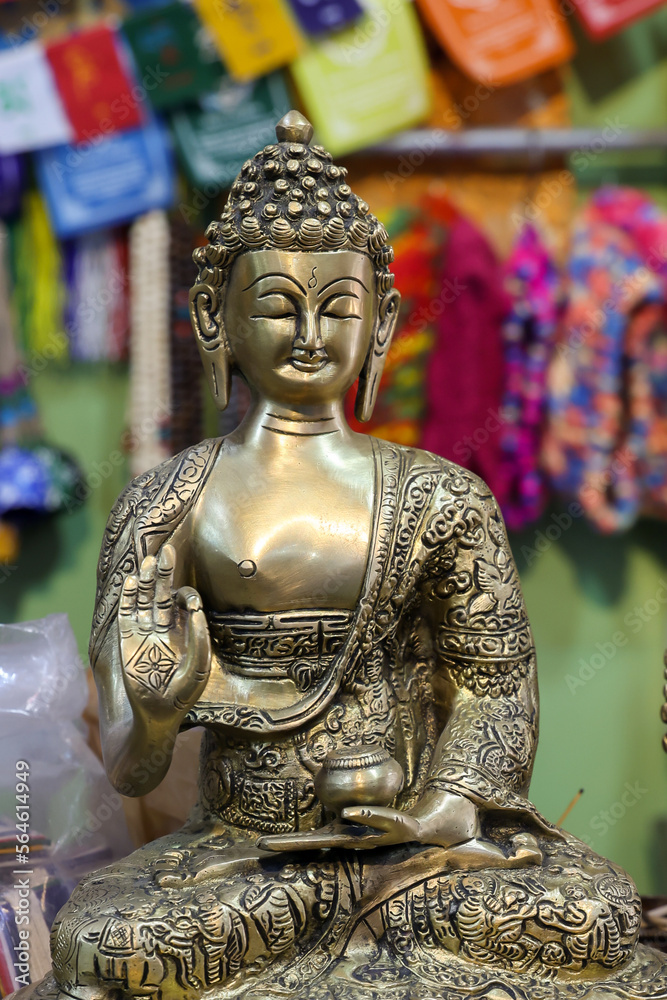
Buddha Statues & Prayer Flags
Exquisite brass and stone idols, Tibetan prayer flags, and meditation accessories near Mahabodhi Temple.
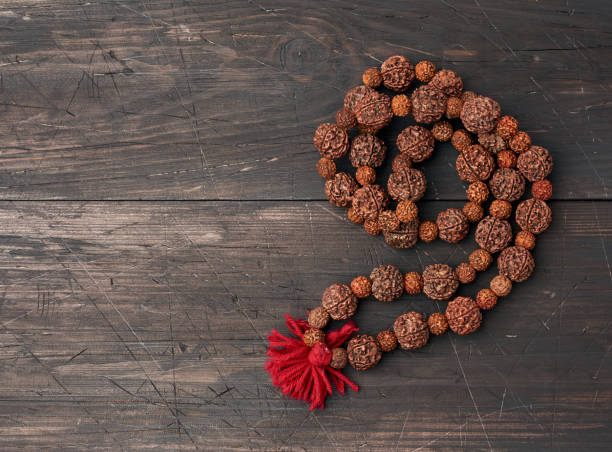
Rudraksha Malas & Gemstones
Sacred beads, spiritual jewelry, and healing gemstones sold near Vishnupad Temple.
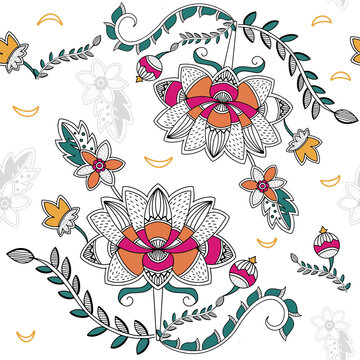
Madhubani Paintings
Vibrant folk art depicting mythological tales and rural life, available at local artisan stalls.

Thekua & Khaja Sweets
Crispy ritual sweets and flaky layered desserts, best bought from Nimtala Market.
Tourist's Handbook
The best time to visit Gaya is during the winter months (October to March), when the weather is cool and pleasant, making it ideal for temple visits, meditation, and outdoor exploration. The Buddha Purnima festival (May) and Pitru Paksha (Sept-Oct) also attract pilgrims, though summers can be hot. Avoid April-June (extreme heat) and July-September (monsoon rains) for a more comfortable experience.
Stay Cautious at Religious Sites - Gaya’s temples and ghats can be crowded—watch your step, avoid slippery areas near the Falgu River, and wear sturdy footwear.
Beware of Touts & Overcharging - Politely decline unsolicited guides or priests demanding excessive donations for rituals. Always confirm prices beforehand.
Avoid Isolated Areas at Night - Stick to well-lit, busy streets after dark, especially near lesser-known ghats or outskirts.
Respect Religious Customs - Dress modestly at temples (cover shoulders/knees), remove shoes where required, and avoid interrupting prayer ceremonies.Drink Only Bottled Water - Tap water may be unsafe; carry sealed bottles, especially during rituals involving food or holy water.
Secure Your Belongings - Keep bags zipped in crowded markets (e.g., Bodh Gaya’s Mahabodhi complex) to prevent pickpocketing.
Use Registered Transport - Prepaid taxis or app-based rides (Ola/Uber) are safer than unmarked auto-rickshaws, especially for solo travelers.
Auto-rickshaws & cycle-rickshaws are ideal for short trips around temples and markets—always fix the fare first. For longer distances like Bodh Gaya or Barabar Caves, opt for taxis or app-based cabs (Ola). Walking is the best way to explore monasteries and temple areas, but watch for uneven paths. While Gaya lacks boat rides like Varanasi, its compact layout makes rickshaws and walking convenient.
Fake Pind Daan Priests – Always verify priests through temple authorities to avoid inflated ritual charges.
Overpriced Buddha Statues – Compare prices at multiple shops near Mahabodhi Temple before buying.
Donation Scams at Monasteries – Legitimate monasteries don’t force donations; beware of unauthorized collectors.
Auto-Rickshaw Overcharging – Insist on meters or agree on fares before boarding to avoid inflated rates.
Fake Gemstone Sellers – Avoid street vendors selling “magical” Rudraksha or gemstones; buy from trusted stores.
Unlicensed Guides – Use only government-approved or hotel-recommended guides for temple tours.
Counterfeit Madhubani Art – Purchase from certified sellers to avoid cheap machine-made prints.
Forced Flower/Offerings at Temples – Politely decline if vendors pressure you into buying overpriced puja items.

